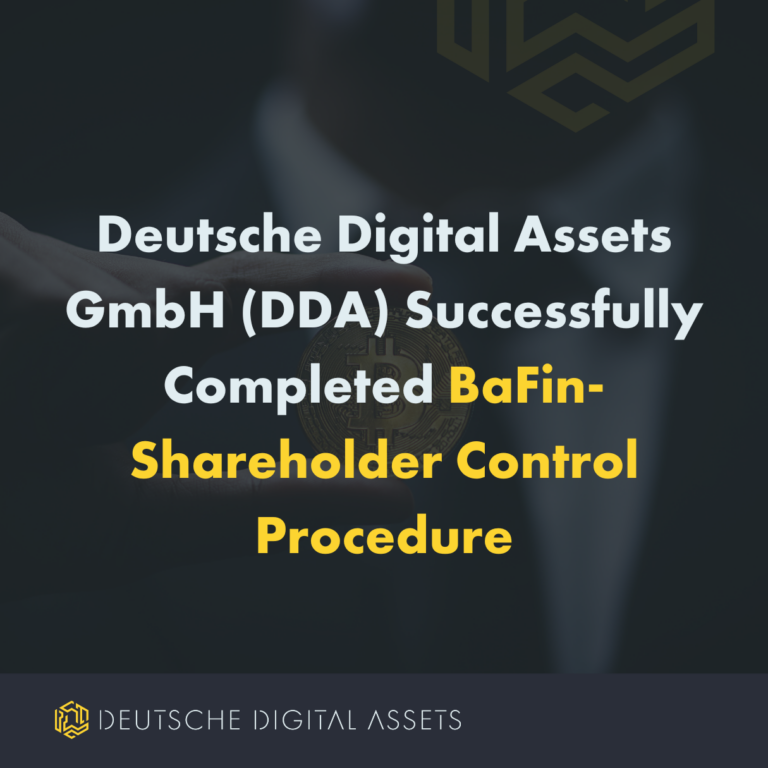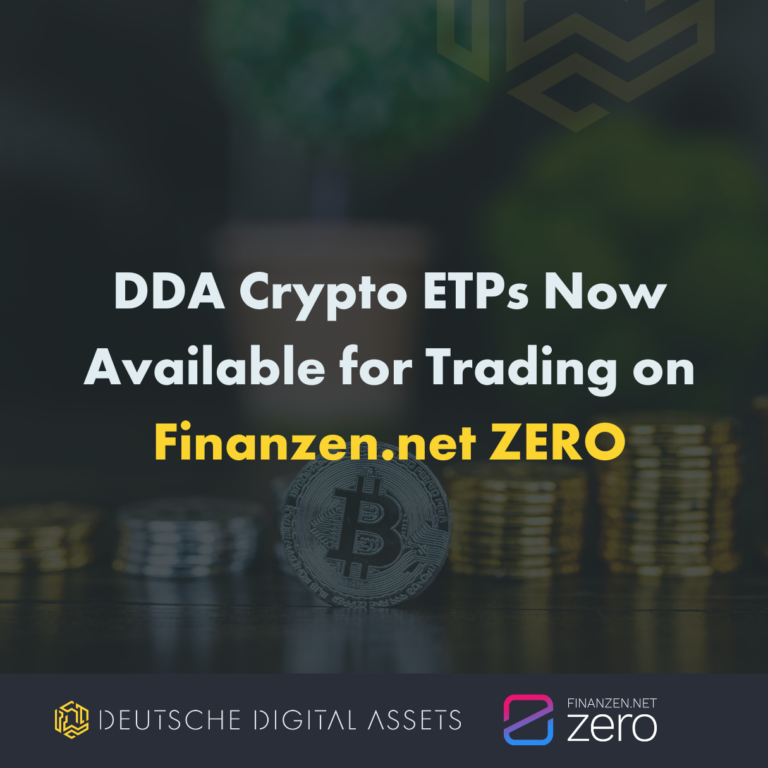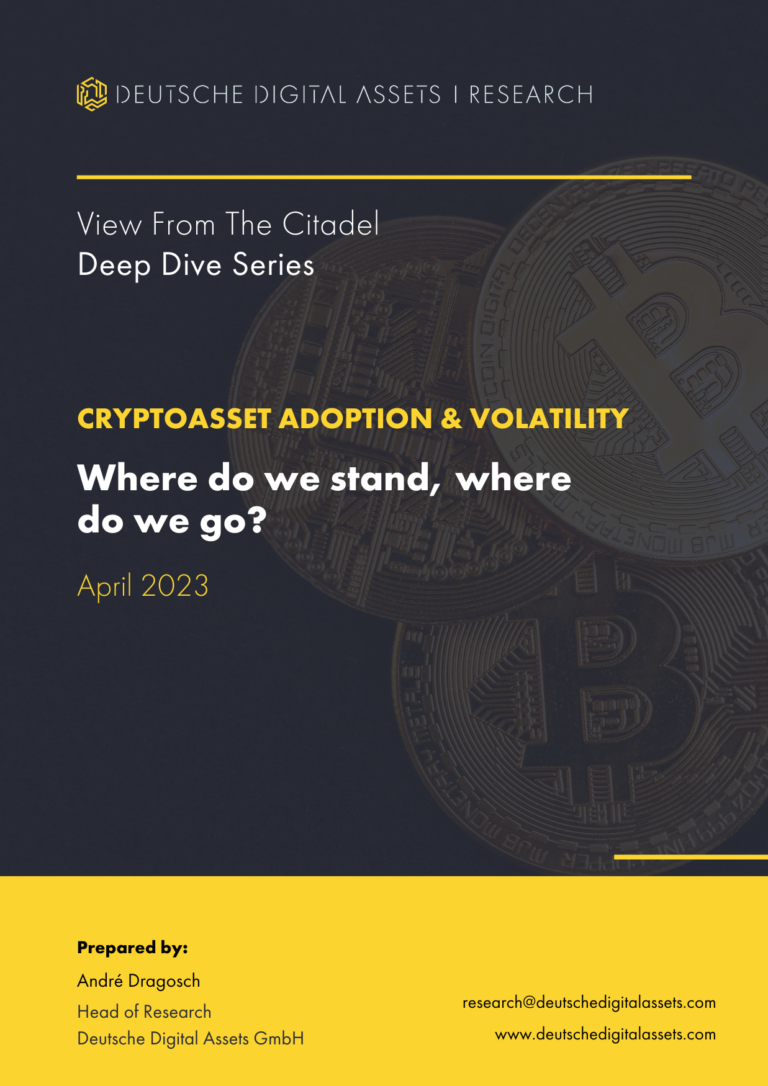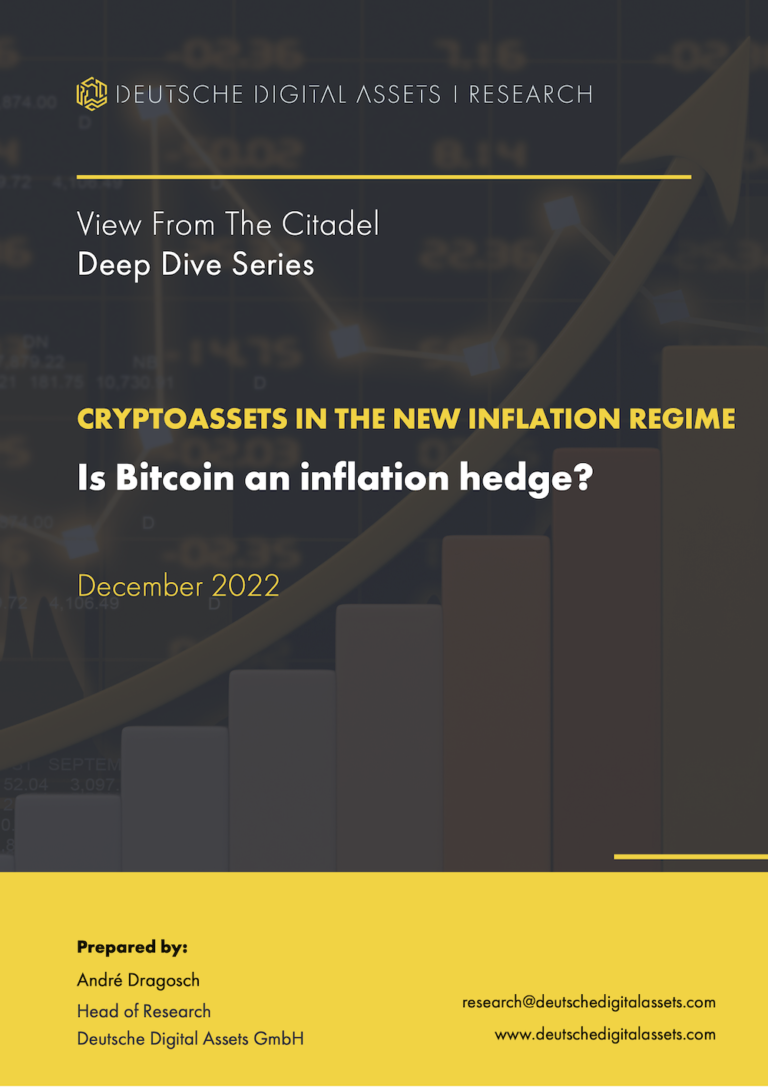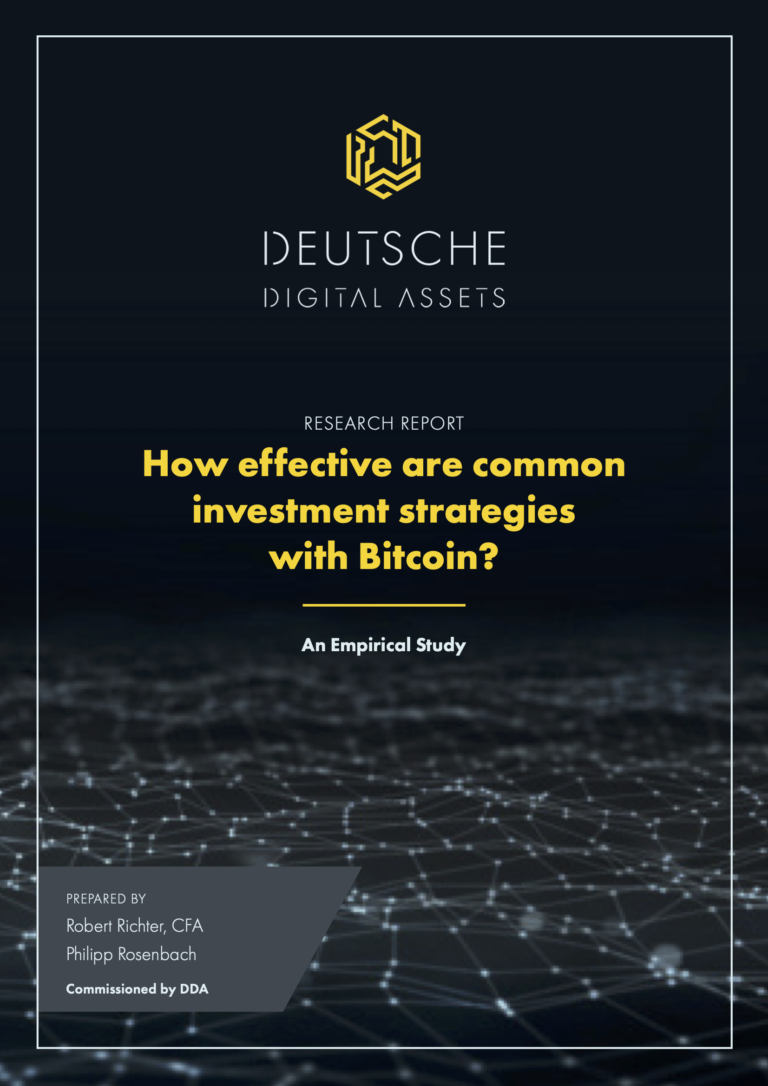One of the oldest tales in blockchain is comparing the last ten years to the early days of the internet. A young Bill Gates trying to convince late show host David Letterman why radio and television are simply not enough is a great example of forward-thinking innovation meeting target audience requirements. Was the ability to share and access information immediately via electronic mail or streaming networks needed by the population? Yes, but the will to adopt wasn’t there – yet. Fast forward a couple of decades and owning an email is more important to an individual or a business than a physical address. Though there are ideological similarities between the World Wide Web and Distributed Ledger Technologies, we must recognise that the “blockchain is like the internet” narrative is getting old and new stories need to be told. We are not all Bill Gates, and we aren’t speaking to late-night television audiences. Therefore, for my New Year’s resolution, I promise not to utilise this narrative again for demonstrating the potential of crypto-assets and tokenization but instead look at actual use cases and implementations occurring in the industry. As 2020 opens, we have much to be proud of.
The concepts of decentralised networks that support digital financial systems have existed since the early ’90s. University-backed studies and institutional initiatives, some reaching trial and proof-of-concept stages, have, for the last 30 years, attempted to design the perfect digital coin and the rails of a network that would be efficient and safe to handle a sovereign asset. Such a tether would re-envision how cash and commodities are obtained, accessed, and utilised. In principle, it should make sense to replace slow and expensive legacy systems built on archaic methods and practices with new updated platforms, taking advantage of our technological evolution. Yet we are still waiting for the “killer app” to come out of the blockchain industry and for the market of cryptocurrencies to mature and grow past the “speculative” stage. While we wait, let’s look at the real advancements that have been made in technology, legislation, and adoption during the last decade.
If you are reading this, you know that the Bitcoin whitepaper was published in 2008, with the Genesis block being mined in 2009, but did you know the world’s first cryptocurrency exchange was only created in 2010. Bitcoin Market was the first step in offering a trading environment for the young asset. Zoom ahead to 2011 and the price of Bitcoin reaches $1 – a monumental achievement for any new commodity.
With Bitcoin celebrating four years, we started seeing the second evolutionary stage of the asset. Until now, crypto assets had attempted to offer an alternative to traditional assets and governance but without building tangible value into the financial mechanics. To address this issue, Tether, the first cryptocurrency to be pegged to the US dollar, lay the grounds in the form of a proposal that would stabilise the fluctuation of new assets. Following the trend in 2013, Venture Capitals start showing serious interest in blockchain projects, including Pantera Capital who joined the crypto hype and invested in the emerging blockchain startups Circle and Bitstamp, a good investment as they are still some of the leading crypto exchanges to date. Then in 2014, Ripple launched its initiative for the XRP token as the backbone of the worlds’ largest cross-border payment infrastructure for institutions, helping it achieve the position of the second-largest cryptocurrency by market capitalisation.
The first half of the last decade saw the rise of cryptocurrencies and initial adoption with the needs of financial inclusion and decentralisation shaping ideology and innovation to build stronger connections between systems and streamlining complex processes through symbolic tokens and ledgers of truth. But it was a tough climb. Rumours of Bitcoin’s demise, which are still echoed today, came and went, and came again. Institutions tried to maintain their relevance by dismissing the values of the technology while burying their heads in the sand. And regulators were stuck in the middle of a Mexican standoff, just like in the old Wild West movies where every sharpshooter has a hand ready to draw and all you need is the sound of one shot to announce the beginning of the action. Enter Ethereum in 2015.
Smart contracts were the next evolution of distributed ledger technology. First, we had trusted ledgers in an untrusted ecosystem, allowing for records of trade to be kept and unaltered on an infinite number of devices forever with no control from a centralised entity. But all we could do was track the existence and ownership of a digital token. The Ethereum project allowed us for the first time to think bigger. Decentralised applications were a monumental milestone giving groups of developers the ability to build implementations directly onto a blockchain where the same rules of trust apply. Tech giants like Google, IBM, Amazon, Microsoft, as well as some of the big banks began experimenting with the idea of decentralised products. They created innovation laboratories around the world and engaged with some of the top minds in the field and regulatory bodies to solve their own use cases.
2017 marked the dominance of the initial coin offering, a fundraising concept that allowed for the creation of many alternative assets under the ERC-20 standard and saw them listed on public exchanges. Much scrutiny followed as there was no guidance from regulators and watchdogs on who or how ICOs could be conducted, leading to mass scams and many investors losing their money to bogus schemes. Though not all ICOs were nefarious in nature. EOS of Block.One raised over $4 billion for their blockchain, project which offered an alternative to Ethereum and have announced recently that one of those projects will be a decentralised social network to compete with the likes of Facebook.
Looking back, we have seen many trials and tribulations for cryptocurrencies. From an ideal that was born many years ago to a technology that has caught up and is now ready for legislation. With definitions for compliance and clear stances on digital currencies, we can build real financial products and tools to push forward innovation and financial incentives. Blockchain allows us to share a record that no one can dispute. Knowledge is power, money makes the world go round, and tokenisation is what binds them. But don’t take my word for it, cryptocurrencies are in fact the fastest-growing asset class in this decade. Investors are showing us where they put their trust even if it is in the form of baby steps. I am certain we will be hearing a lot of interesting news over the next couple of years.
On a personal note, I have been involved in the blockchain space since 2012. I have seen an industry grow from a fledgeling concept of financial inclusion to a strong market which cements itself further every day. It has been a wonderful journey and a privilege to be a part of. I can’t wait to see what the next decade holds for us. Happy New Year!






